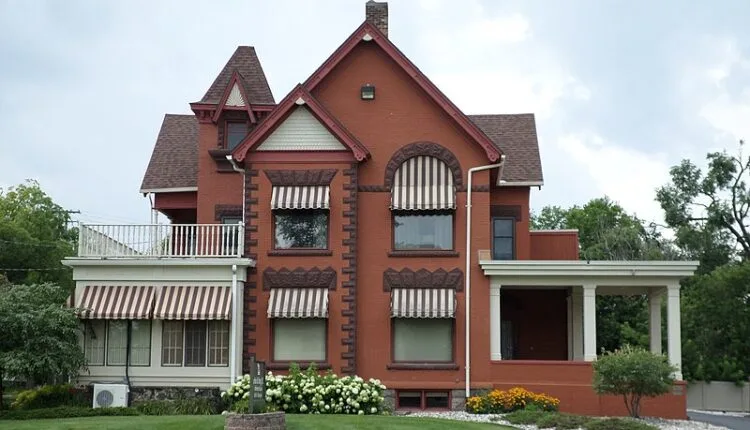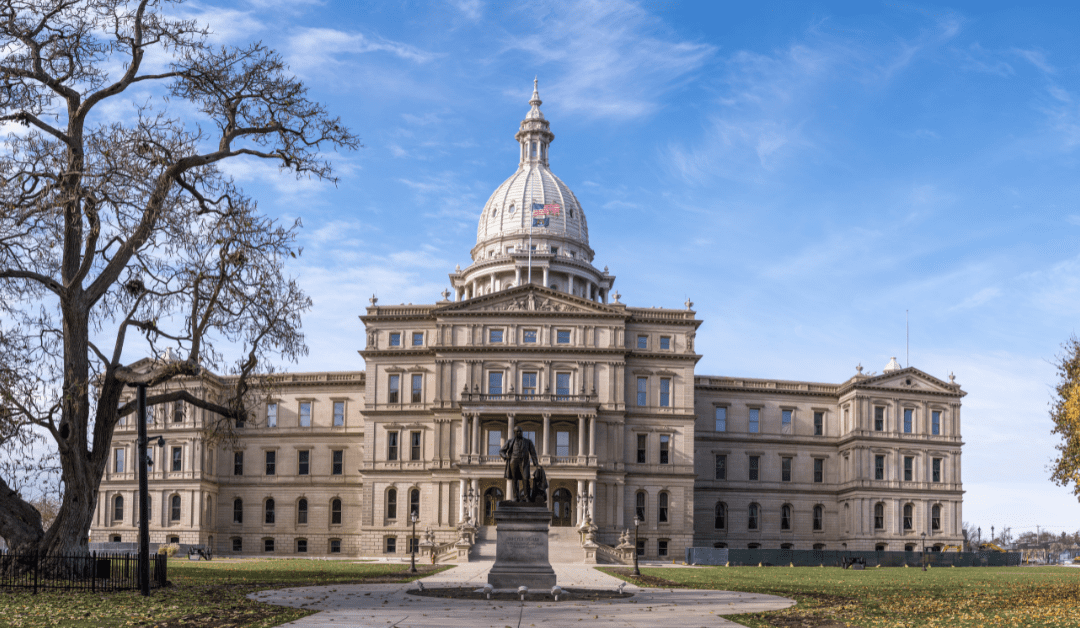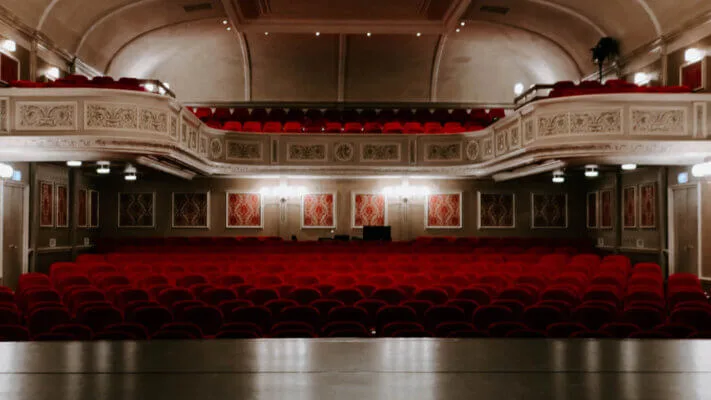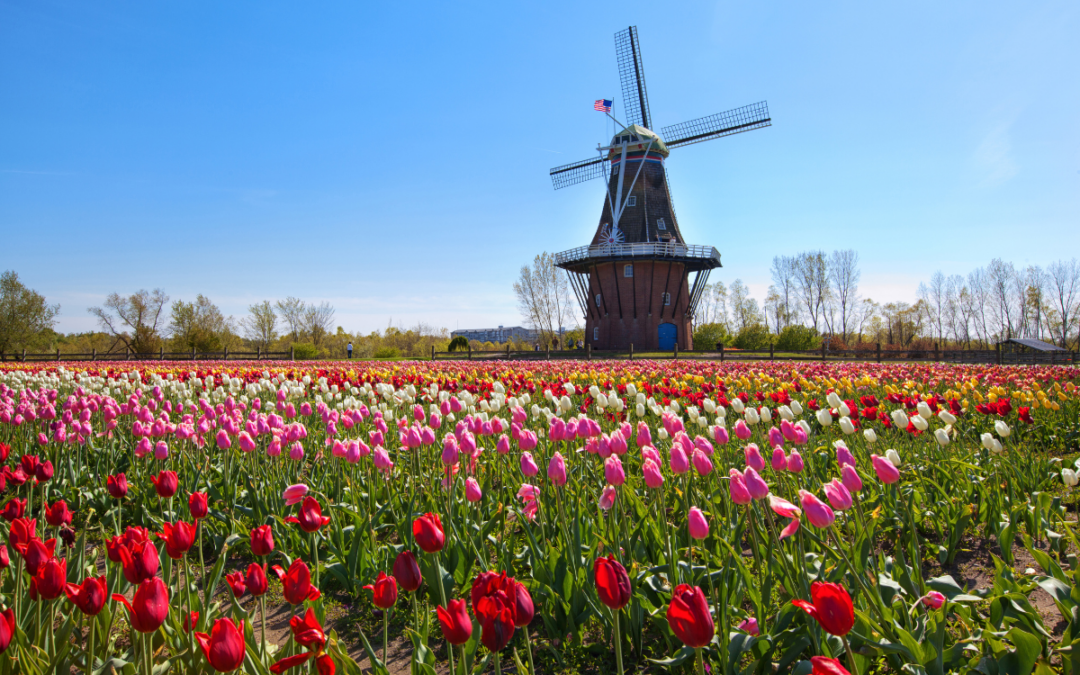
Photo courtsey of Victorian House Lovers via Facebook.
As the state capital of Michigan, Lansing is full of history, from rich architecture to interesting stories of the past. In an area that was once full of dense forest as far as the eye can see, Lansing was “developed” by two brothers in the mid-1830s. The unnamed brothers claimed to have plots of land for sale in a new city of Michigan and sold the land plots to people in the town of Lansing, New York.
Unfortunately for the people who bought plots of land from said brothers, the city did not actually exist and when they arrived to check out their new home, they quickly realized their mistake. However, the plucky New Yorkers renamed the undeveloped land after their hometown, dubbing it “Lansing Township” and getting to work clearing the trees to create a settlement that around 20 people would call home.
Interestingly enough, through a series of politics and even laughable frustration by at least one government official, the small settlement of Lansing Township was chosen to be the state’s new Capitol in 1848 — and it only grew from there. Here are some of the oldest buildings in Lansing that can be traced back to the meager origins of this now well-respected city.
Turner-Dodge House
The Turner-Dodge House is one of the oldest buildings in Lansing and was built by one of the most pioneering and influential families in the city’s history. While the official history states that James Turner’s first house was “undoubtedly a tent,” he constructed the mansion in 1853 and completed it in 1858. Turner was instrumental in leading the charge to have Lansing become the state capital and was dubbed “the root of all things Lansing.”
He lived in the mansion until his death in 1869 when his wife took over management of the estate. Following her death, the property passed to their son and after his death, passed to another James’s brother-in-law, Frank Dodge. Dodge made many improvements to the house, which is why it’s now known as the Turner-Dodge House. The mansion is open for guided tours as well as private tea events.

Photo courtesy of Turner-Dodge House & Heritage Center via Facebook.
Alvin Whitehead-James Seager House
Built in 1887, the Alvin Whitehead-James Seager House is an example of the city’s most prominent Late Victorian brick personal residences. It’s built in a romantic Italianate style and is known as one of the most beautiful buildings in Lansing. The mansion also housed two important Lansing businessmen: Alvin Whitehead, who was involved in many businesses like wool, cement, roofing, and paper, and James H. Seager, a railroad surveyor and then a vital shareholder and trailblazer in the auto industry. The house is currently privately owned and not open to visitors.
Brown Price House
The Brown Price House was built in 1890, and although it went through a fire in 1982, it was completely restored. The house is built in a Queen Anne style and features decorative details like checkerboard woodwork, a square tower, and sandstone. While the building has housed families throughout history, it’s currently being used as a law office and is not open to visitors.
Central Methodist Episcopal Church
The Central Methodist Episcopal Church was finished in 1890. The architect for the church was Elijah E. Myers, who also served as the architect of the State Capitol building. The church is still operating as a Methodist church and has many original details, including windows, pews, woodwork, chandeliers, and stained glass windows from many founding members of the church. Fun fact: the total cost of building and furnishing the church came to $41,842.
The Temple House
The Central Methodist Episcopal church community also built a community building called The Temple House near the church that housed recreational fun, like a two-lane bowling alley, auditorium, and basketball court. 90 of the original movie-theater-style seats remain on the second-floor balcony. The building is built of stone and features the church’s mission for the building engraved on its walls: “Community. Friendship. Service.” The Temple House was recently updated and welcomes the public to enjoy many of its original recreational amenities, especially basketball and a dining room with a commercial kitchen. It also hosts many concerts for the community In 2023, it celebrated its centennial anniversary. Sadly, the bowling alley is non-operational.

Photo courtesy of Lansing Central United Methodist Church via Facebook.
Masonic Temple Building
Speaking of churches, the Masonic Temple Building in Lansing was built in 1916 and stood as one of the few buildings in what is now known as downtown Lansing. The building operated as a gathering space for Freemasons in the area before being sold in 1986. In 2023, the city of Lansing announced plans to move City Hall officially to the Masonic Temple building that was built in 1924, but in 2024, announced those plans were put on hold because the purchase price of the building was $4 million, before construction and renovation costs.
Bailey Center
Originally Lansing’s neighborhood elementary school from 1922 to 1985, the Liberty Hyde Bailey School, now known as the current Bailey Center still stands and was renovated and repurposed to provide another type of service to the community: housing. The City of Lansing acquired the property in 1985, and in 2015, the Capital Area Housing Partnership proposed to use the building for community housing and a preschool. The building is now open and offers 30 senior apartments, a preschool and daycare, and commercial space for rent. According to the Bailey Center, the apartments are located in what used to be the original elementary school and feature large windows and open floor plans.

Photo courtesy of Bailey Center Senior Apartments via Facebook.
Marshall Street Armory
The Marshal Street Amory was built in 1924 as a headquarters for the 119th Field Artillery Unit for the Michigan National Guard. Its purpose was to both store military weapons and train servicemen to be prepared for combat. Outside of being used for generations of service people and their families, however, the building also served the community. The Armory housed community events like weddings, circuses, boxing matches, and even local antique radio swap meets. In 2002, a $5.2 million renovation was done on the building and it is now used as an office building for Michigan non-profits, including the United Way of Southern Michigan and the Gillespie Group. The Armory’s renovation preserved many of its historical details that remain to this day, including the original wooden gymnasium, a munitions locker with a wire cage door, decommissioned officer quarters, and giant stable doors that now guard a conference room.
This article first appeared on Good Info News Wire and is republished here under a Creative Commons license.
Politics

Dozens march to Flint city hall as the water crisis turns 10 years old
BY KEN COLEMAN, MICHIGAN ADVANCE MICHIGAN—Chanting “Clean water is what we demand,” “Water is a right” and “No justice, no peace,” dozens of people...

Slotkin urges Michiganders to compare prices before buying prescription drugs
A law sponsored by Congresswoman Elissa Slotkin is helping patients compare prices for different prescription drugs at different pharmacies—saving...

‘Melody’s Law’ would explicitly criminalize necrophilia in Michigan
BY ANNA LIZ NICHOLS, MICHIGAN ADVANCE MICHIGAN—There is no law on the books in Michigan that expressly criminalizes engaging in sexual conduct with...
Local News

Who makes the best cannabis concentrates in Michigan?
Over the last year, we've asked for reader recommendations for the best dispensaries in Michigan and the best weed, best edibles and best vapes you...

7 quick hits of cannabis news from across Michigan
MICHIGAN—Cannabis is a big deal in Michigan—and there’s never a shortage of newsworthy headlines from the industry as the state inches closer to...





